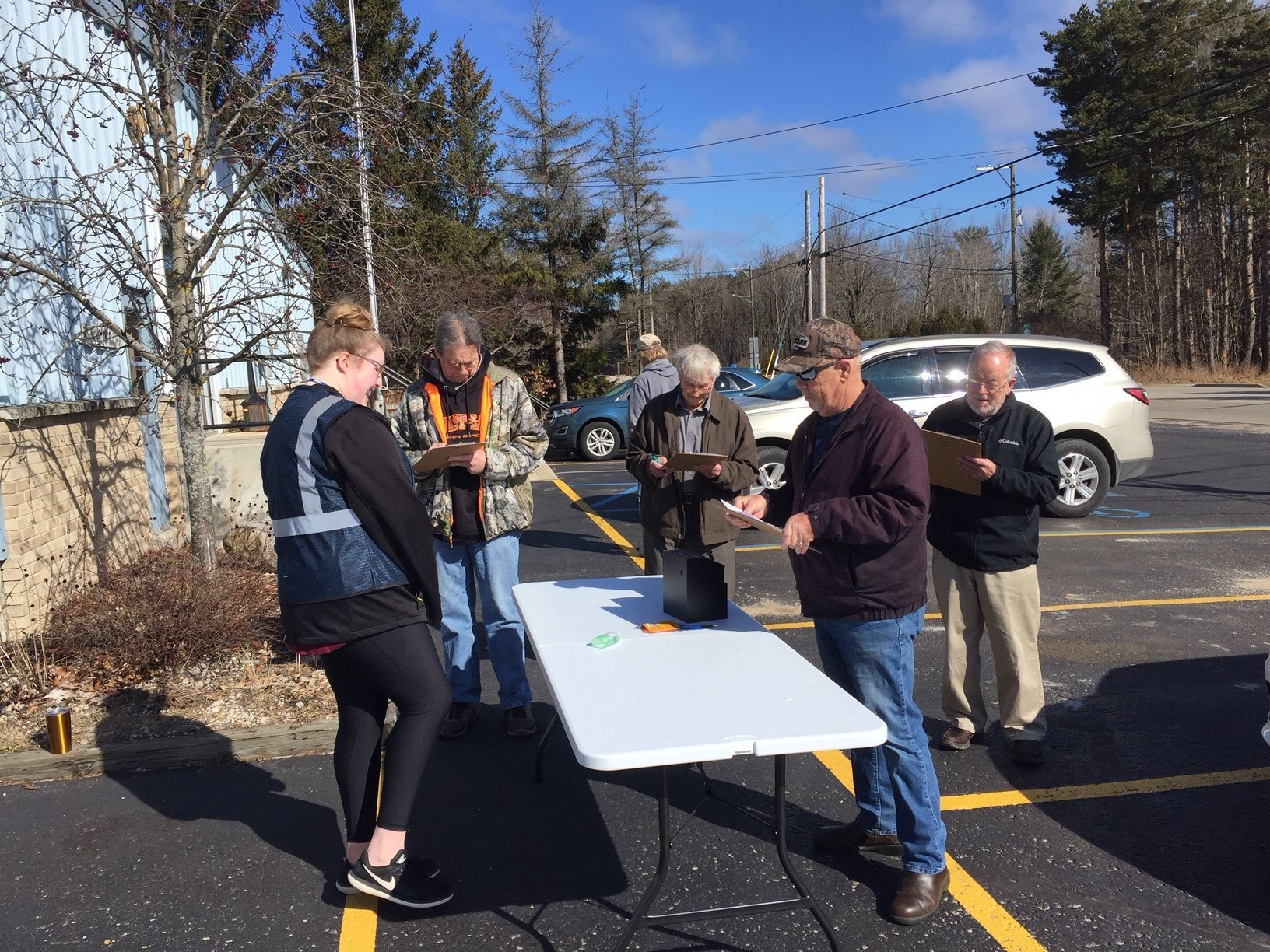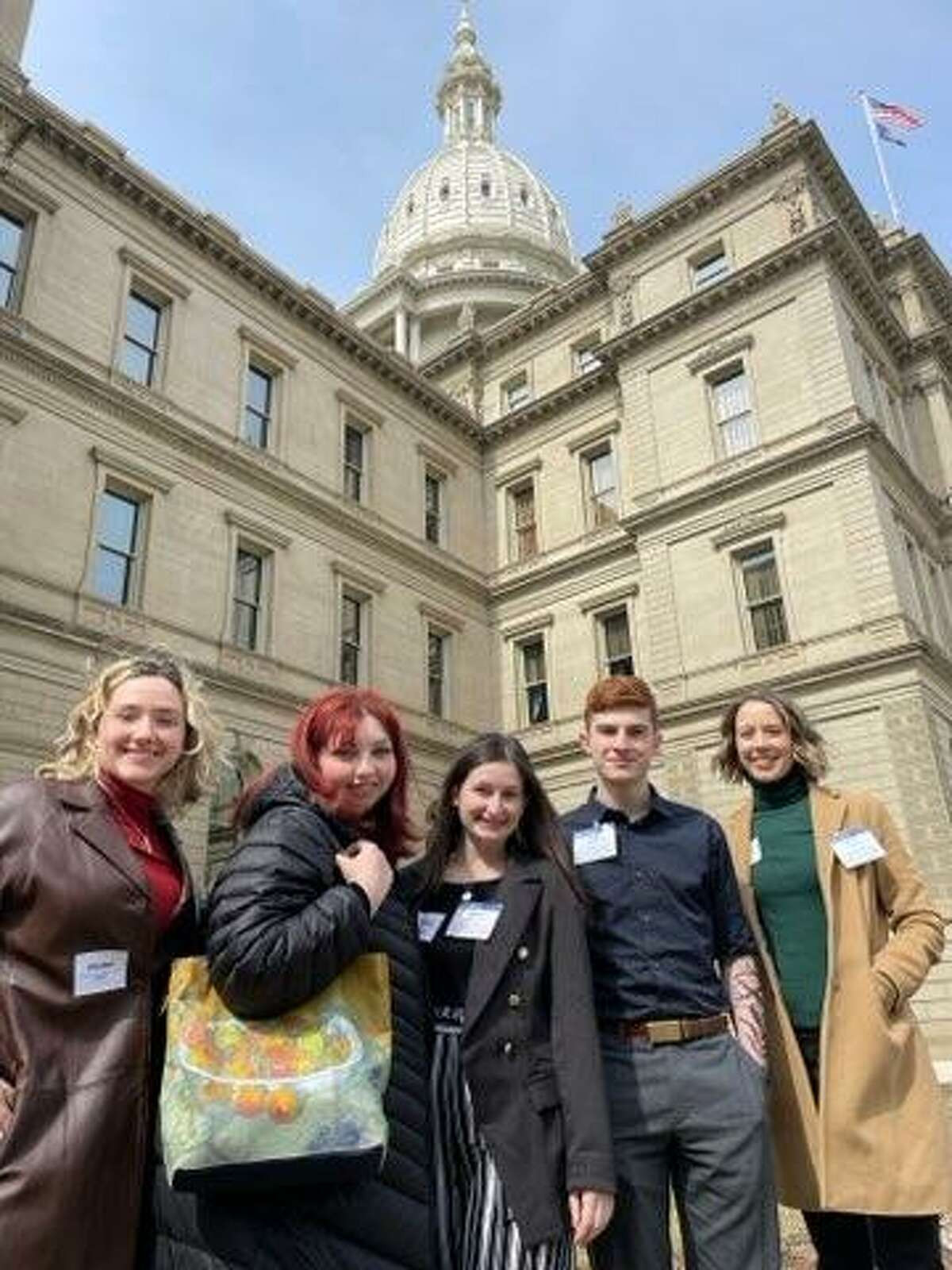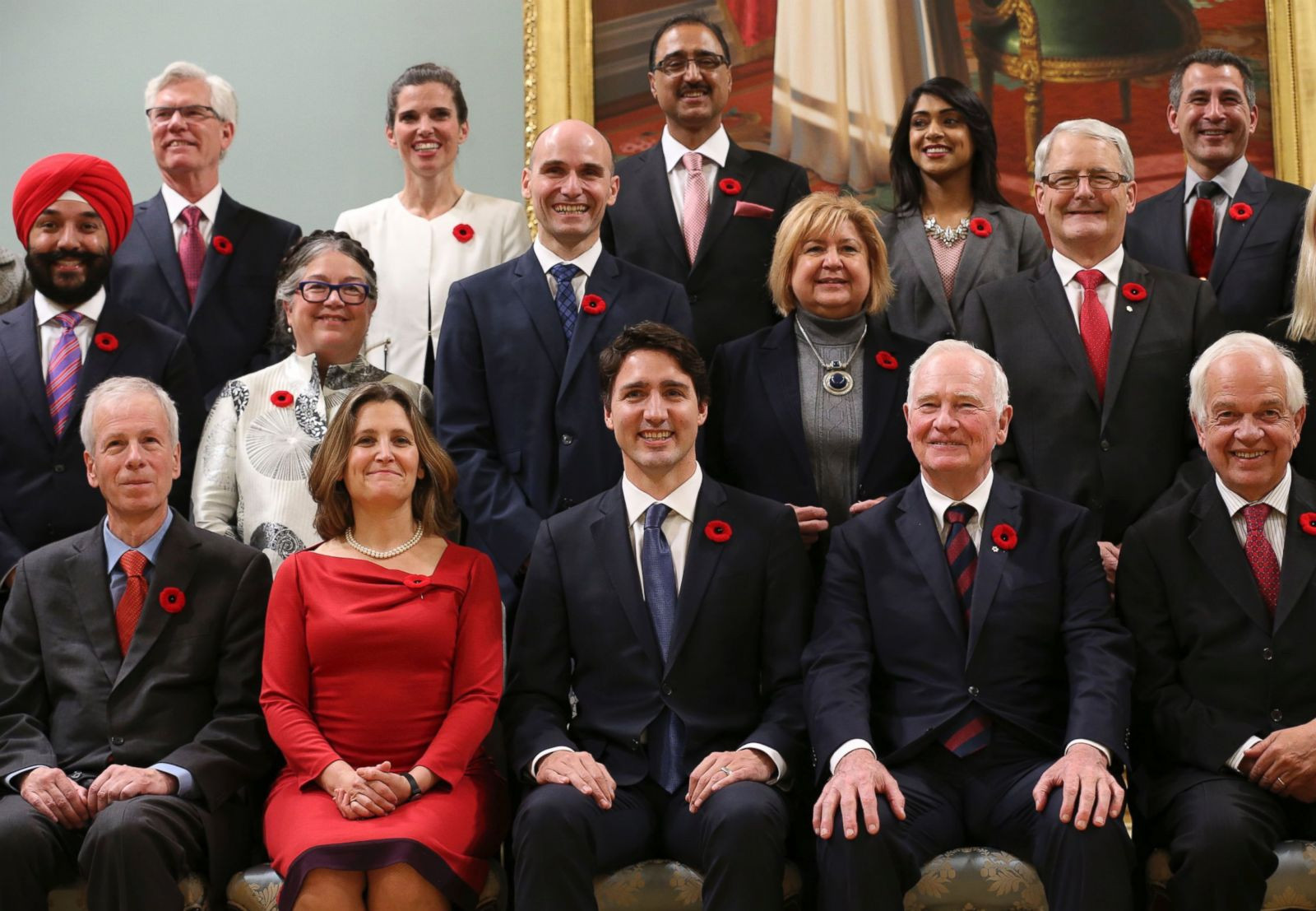The exit polls are designed to take less than five minutes for voters to complete, and all individual responses will remain confidential. Only aggregated data will be used in analysis, according to WSCC.
Nagle hopes students will use the aggregate data to compare and contrast how voters in Mason and Manistee counties were motivated and compare that to national results.
Student Involvement in Exit Polling
The key outcome to the effort – the second time Nagle has organized student sto do exit polling – is about practicing skills from course curriculum in math, political science, government and sociology classes in a real-life setting.
The endeavor connects service learning, active learning, and experiential learning to the curriculum, he said.
“It’s a great way to get students to become active learners. It hits core abilities, such as to communicate effectively, both written and orally, critical thinking and acting professionally,” Nagle told the Daily News.
The students will have to follow Michigan guidelines requiring them to be at least 20 feet away from the entry to the locations and only talk to voters who are leaving after voting.
Mason County Clerk Cheryl Kelly and Manistee County Clerk Shelly Johnson suggested the precincts in their respective counties based on the number of voters at each.
Nagle noted 43 percent of registered voters already having voted due to new early election options in Michigan. “We’re going to miss them,” he said.
According to a WSCC press release, WSCC students will contribute to the project in several ways:
- Exit Poll Surveyors: Students will work in shifts of approximately two hours between 7 a.m. and 8 p.m., operating in groups of two or three. … Surveyors will wear visible identification to ensure voters know they are participating in a WSCC academic project. Each surveyor must attend a training session prior to election day.
- Data Entry Volunteers: After the surveys are collected, students will assist in entering the information into a digital database for further analysis.
- Data Analysts: Enrolled in math, political science, and sociology courses, students will analyze the gathered data, comparing findings with previous election results and other areas in Michigan. This analysis will allow them to explore patterns, contrasts, and potential correlations in voter behavior.
“There’s a lot of moving parts, Nagle said.
He hopes they will have results in about a week.
Exit Polling: A Real-World Learning Experience
During the primary election of March 2020, about 300 people – roughly two-thirds of those asked – answered the students exit poll questions on what Nagle remembers was a “really, really cold day.”
Temperatures Tuesday are expected to be mild, but rain is predicted.
Nagle plans to spend the day checking on students at each location, dropping off donuts in the morning and snacks later in the day, thanks to sponsorship by the WSCC Student Senate.
“I really appreciate the support of the WSCC Student Senate,” he said.
He said the experience “gets students out and maybe it sparks something … an interest in politics, or maybe a love of math or statistics and maybe get them interacting with the public.”
A Window into Voter Sentiment
The exit polls provide a valuable insight into the minds of voters, offering a glimpse into the issues that are driving their decisions. By analyzing the aggregate data, students can gain a deeper understanding of the political landscape and the factors influencing voter behavior.
This initiative not only provides practical experience for students but also contributes to a broader understanding of the electoral process. It helps to bridge the gap between academic theory and real-world application, equipping students with the skills and knowledge necessary to engage in meaningful civic discourse. In a society increasingly reliant on data analysis and informed decision-making, these skills are more important than ever.


















